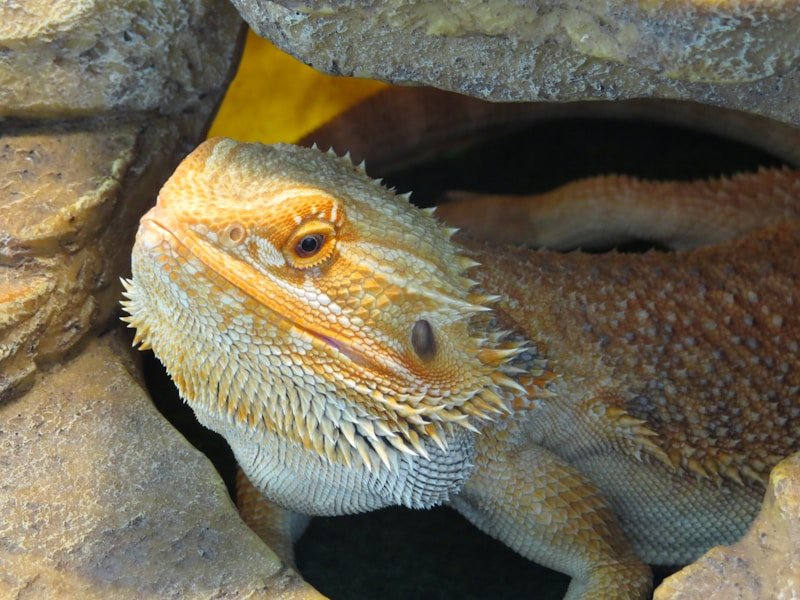Reptiles are among the most fascinating and resilient creatures on Earth. Their lineage stretches back over 300 million years, predating the age of dinosaurs and bearing witness to multiple mass extinctions. From the primitive ancestors of turtles to the majestic dominance of crocodiles, reptiles have evolved and adapted in extraordinary ways. This article explores their ancient origins, diversification, and the evolutionary adaptations that have helped them survive for hundreds of millions of years.
Origins in the Carboniferous Period
The story of reptiles begins in the late Carboniferous period, around 320 million years ago. During this time, amphibians were the dominant terrestrial vertebrates. However, they were still tied to water for reproduction. A major evolutionary leap occurred when certain tetrapods developed the amniotic egg — an innovation that allowed them to reproduce on land without returning to water. These creatures became the earliest reptiles.
These first reptiles, often referred to as “stem reptiles” or “basal amniotes,” were small, lizard-like animals. One of the earliest known examples is Hylonomuss, a forest-dwelling insectivore. These pioneering reptiles had tough, scaly skin that helped prevent dehydration, and stronger limb structures that made terrestrial movement more efficient. These features gave them an evolutionary advantage in increasingly dry environments.
The Rise of the Reptilian Dynasties
Reptiles truly began to diversify during the Permian period, which lasted from about 299 to 252 million years ago. This was when various reptile lineages started branching out, including the ancestors of turtles, lizards, snakes, crocodiles, and the now-extinct synapsids — a group that would later give rise to mammals.
The Permian period saw the emergence of large, often bizarre reptilian forms. But this evolutionary progress was dramatically interrupted by the Permian-Triassic extinction event — the most severe extinction event in Earth’s history. Around 90% of species disappeared, yet some reptiles survived and laid the groundwork for future dominance.
In the following Mesozoic Era — often called the “Age of Reptiles” — reptiles flourished like never before. Dinosaurs roamed the land, pterosaurs ruled the skies, and marine reptiles like ichthyosaurs and plesiosaurs dominated the oceans. Although many of these groups would eventually go extinct, others would evolve into the modern reptiles we see today.
The Survivors: Turtles, Crocodilians, and Squamates
Modern reptiles can be grouped into four major orders: Testudines (turtles and tortoises), Crocodylia (crocodiles and alligators), Squamata (lizards and snakes), and Rhynchocephalia (represented today by the tuatara, a reptile native to New Zealand).
Turtles are among the oldest reptilian lineages, with fossil evidence dating back over 200 million years. Their distinctive shells, made from fused ribs and vertebrae, are a marvel of evolutionary engineering that offers protection and support. Despite their ancient origin, turtles have adapted to a wide variety of environments, from deserts to oceans.
Crocodilians — including crocodiles, alligators, caimans, and gharials — are close relatives of birds, sharing a common ancestor among the archosaurs. They have remained relatively unchanged for over 80 million years, a testament to their highly efficient body design and predatory prowess. With powerful jaws, armored skin, and acute senses, they are apex predators in many freshwater ecosystems.
Squamates, the largest order of reptiles, include over 10,000 species of lizards and snakes. Their evolution is marked by flexibility, both literally and metaphorically. Many lizards have specialized limbs for climbing or running, while snakes have evolved to thrive without limbs altogether. Some squamates possess remarkable features, such as venom delivery systems and the ability to regenerate lost tails.
Evolutionary Advantages and Modern Challenges
Reptiles have endured for hundreds of millions of years due to a suite of evolutionary advantages. Their cold-blooded metabolism allows them to survive in harsh climates and go long periods without food. Their reproductive strategies — from laying tough, leathery eggs to giving live birth — are highly adaptable to various environments.
Yet despite their resilience, modern reptiles face growing threats. Habitat loss, climate change, pollution, and illegal wildlife trade have pushed many species to the brink. Sea turtles struggle with plastic pollution and fishing nets, while crocodilians are often hunted for their skins. Conservation efforts are crucial to ensure that these ancient survivors do not disappear from our planet.
Reptiles are living links to Earth’s deep past, silent witnesses to the rise and fall of ecosystems over eons. Their evolutionary journey is a story of innovation, adaptability, and survival. By understanding and protecting them, we not only preserve biodiversity but also gain insight into the processes that shape life on Earth.

